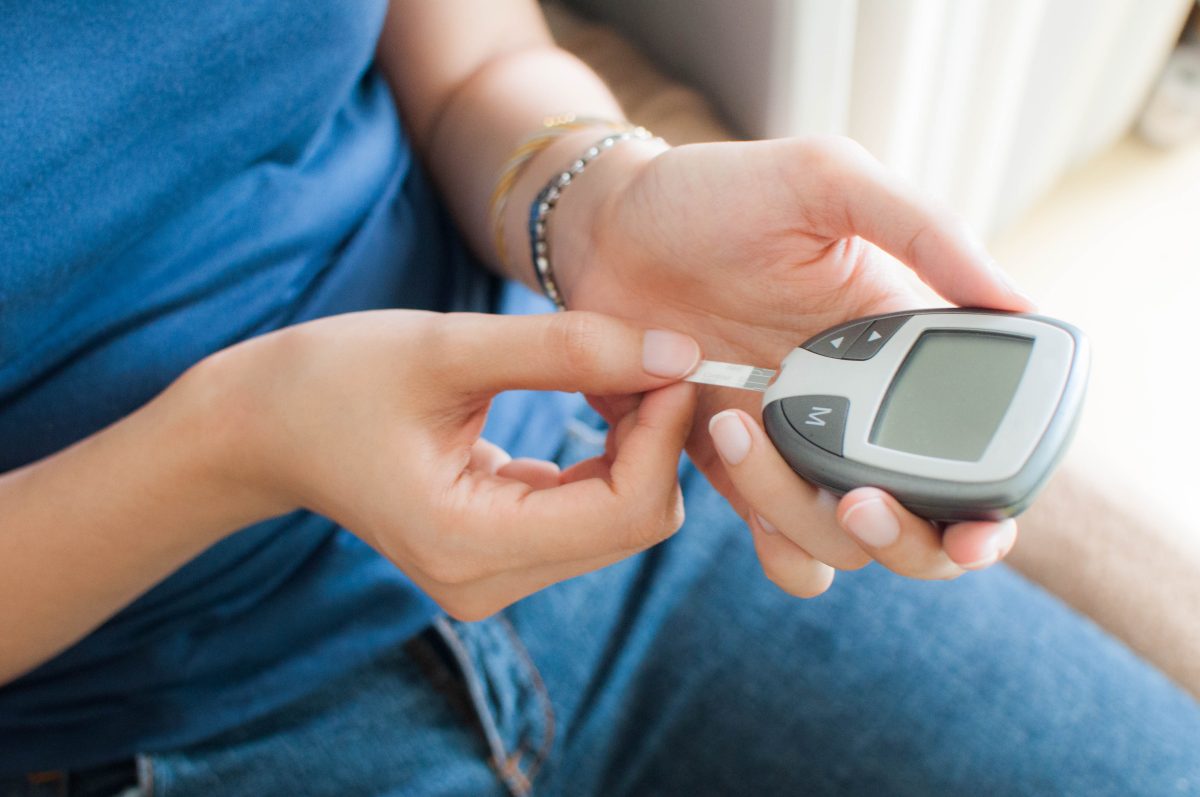High fasting glucose levels are one of the most perplexing characteristics of patients with type 2 diabetes mellitus. This condition arises because the liver continues to produce glucose in insulin-resistant individuals, a mechanism that still raises many unanswered questions for scientists. A comprehensive review paper published in the journal Trends in Endocrinology & Metabolism now offers an extensive summary of the significant developments in understanding this process.
The study also aids in identifying novel therapeutic targets in the fight against type 2 diabetes mellitus, which the World Health Organization (WHO) has listed as one of the pandemics of the twenty-first century.
The study is led by Professor Manuel Vazquez-Carrera from the Faculty of Pharmacy and Food Sciences at the University of Barcelona, the UB Institute of Biomedicine (IBUB), the Sant Joan de Déu Research Institute (IRSJD), and the Centre for Biomedical Research Network on Diabetes and Associated Metabolic Diseases (CIBERDEM). Among the participants are experts Emma Barroso, Javier Jurado-Aguilar, Xavier Palomer (UB-IBUB-IRJSJD-CIBERDEM), and Professor Walter Wahli from the University of Lausanne, Switzerland.
Therapeutic targets to combat the disease
Type 2 diabetes mellitus is an increasingly common chronic disease resulting in high levels of circulating glucose—the cellular energy fuel—due to a deficient insulin response in the body. It can cause severe organ damage and is estimated to be under-diagnosed in a significant percentage of the affected population worldwide.
In patients, the glucose synthesis pathway in the liver (gluconeogenesis) is hyperactivated, a process that can be controlled by drugs such as metformin. “Recently, new factors involved in the control of hepatic gluconeogenesis have been identified. For example, a study by our group revealed that growth differentiation factor (GDF15) reduces the levels of proteins involved in hepatic gluconeogenesis,” said Professor Manuel Vazquez-Carrera from the UB’s Department of Pharmacology, Toxicology, and Therapeutic Chemistry.
To progress in the fight against this pathology, it will also be necessary to further study pathways such as TGF-β, which is involved in the progression of metabolic dysfunction-associated fatty liver disease (MASLD), a very prevalent pathology that often coexists with type 2 diabetes mellitus. “TGF-β plays a very relevant role in the progression of liver fibrosis and has become one of the most important factors that may contribute to increased hepatic gluconeogenesis and, therefore, to type 2 diabetes mellitus. Studying the involvement of the TGF-β pathway in the regulation of hepatic gluconeogenesis could help achieve better glycaemic control,” stresses Vazquez-Carrera.
However, acting on a single factor to improve the regulation of gluconeogenesis does not seem to be a sufficient therapeutic strategy to adequately control the disease.
“It would be important to design combination therapies that could consider the different factors involved to improve the approach to type 2 diabetes mellitus,” Vazquez-Carrera said.
“Today, several molecules—TGF-β, TOX3, TOX4, etc.—could be considered therapeutic targets for designing future strategies to improve patients’ well-being. Their efficacy and safety will determine their therapeutic success. We cannot lose sight of the fact that controlling the overactivation of hepatic gluconeogenesis in type 2 diabetes mellitus has an additional difficulty: it is a key pathway for making glucose available in fasting situations, is finely modulated by numerous factors, and this makes regulation difficult,” he adds.
Interestingly, other factors involved in the control of gluconeogenesis have also been identified in patients hospitalized with COVID-19 who showed high glucose levels. “Hyperglycemia was very prevalent in patients hospitalized with COVID-19, which seems to be related to the ability of SARS-CoV-2 to induce the activity of proteins involved in hepatic gluconeogenesis,” the expert notes.
Metformin: Unraveling the mysteries of the most prescribed drug
The mechanisms of action of metformin, the most commonly prescribed drug for the treatment of type 2 diabetes, which reduces hepatic gluconeogenesis, are still not fully understood. It has now been discovered that the drug decreases gluconeogenesis via inhibition of complex IV of the mitochondrial electron transport chain. This is a mechanism independent of the classical effects known until now through the activation of the AMPK protein, a sensor of the cell’s energy metabolism.
“Inhibition of mitochondrial complex IV activity by metformin—not complex I as previously thought—reduces the availability of substrates required for hepatic glucose synthesis,” said Vazquez-Carrera.
In addition, metformin can also reduce gluconeogenesis through its effects on the gut, leading to changes that ultimately attenuate hepatic glucose production in the liver. “Thus, metformin increases glucose uptake and utilization in the gut, generating metabolites capable of inhibiting gluconeogenesis when they reach the liver via the portal vein. Finally, metformin also stimulates the secretion of GLP-1 in the intestine, a hepatic gluconeogenesis inhibitory peptide that contributes to its anti-diabetic effect,” he explained.
(With ANI input)



















